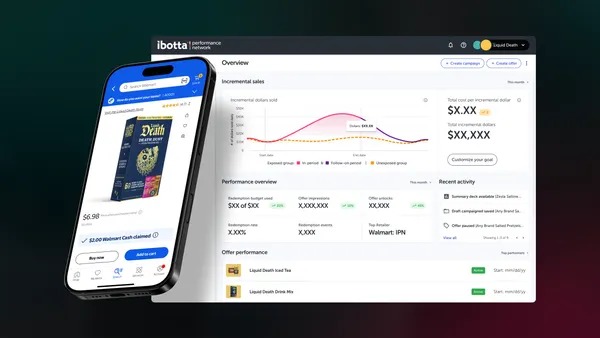Brief:
- Shopping and finance apps saw a 60% year-on-year jump in usage among Generation Z, the strongest growth among app categories, according to a new report from analytics firm App Annie. Gen Z users worldwide spent about 4.1 hours a month on the top non-gaming apps in Q3, or 10% more than the general population.
- Amid the growth in shopping apps, App Annie found that Gen Z was less likely than average to use the top 20 shopping apps, and instead preferred fashion retailers like Shein and Asos, along with marketplaces like Shopee and Mercari. Among finance apps, Venmo and DANA were more likely to over-index among Gen Z users in most markets.
- TikTok and Snapchat were the most over-indexed apps among Gen Z in nine out of 10 markets worldwide. Gen Z showed higher engagement in top-ranked apps, with 20% more sessions per user in top apps than for older mobile users.
Insight:
Gen Z is distinct in being the first demographic group that grew up using mobile devices, making apps a key way for marketers to engage with them. Almost all (98%) of the age set owns a smartphone, having received their first mobile device at an average age of 10, according to data cited by App Annie.
The researcher's findings key into how the demographic leverages mobile for more than simply posting photos on social media or staying connected with their friends. Gen Z displays a growing preference to shop via their phones, a behavior older groups have not been as comfortable with either due to security concerns or technological hurdles. The same is true for banking and payments, but Gen Z has clearly acclimated to both of these categories.
As the coronavirus enshrines e-commerce and contactless payments and banking in consumer behavior, marketers eager to reach Gen Z — which now commands an estimated annual spending power of $143 billion — might need to consider mobile as a more important channel.
It's clear that the young cohort will be smartphone-reliant for the foreseeable future. The growth in Gen Z's mobile usage tends to be higher than the general population worldwide, ranging from a difference of 5 percentage points in Indonesia to 1.4 percent points in South Korea, per App Annie. In the U.S., Gen Z mobile usage growth was 5.3 percentage points higher than for the general population in the past year.
Often painted as fickle, Gen Z is less loyal than older groups to popular games, with people over age 25 spending 20% more time in the most used games and accessing them 10% more frequently. But Gen Z tends to show higher engagement with non-gaming apps, with 20% more sessions per user in the top non-gaming apps than for older groups. Gen Z also has about 120 sessions a month per app, spends 10% more time with them than older generations.
The comparable popularity of TikTok and Snapchat, which over-index among Gen Z, indicated the importance of video- and photo-first strategies in reaching the group, according to App Annie. Discord, the social app that organizes chats into topics, experienced strong growth in the past year, especially in France. Its growth is another indication of how Gen Z uses mobile apps to interact with others as the pandemic limits in-person interaction, according to App Annie.
Twitch, the livestreaming app owned by Amazon, was the most over-indexed app among Gen Z users in six out of 10 markets studied by App Annie. The expansion of Twitch into interactive podcasts and other non-gaming content such as cooking shows could help broaden its audience. In Japan, the social livestreaming app Niconico has performed well among younger consumers, a sign that livestreaming will become more popular in other markets worldwide.











